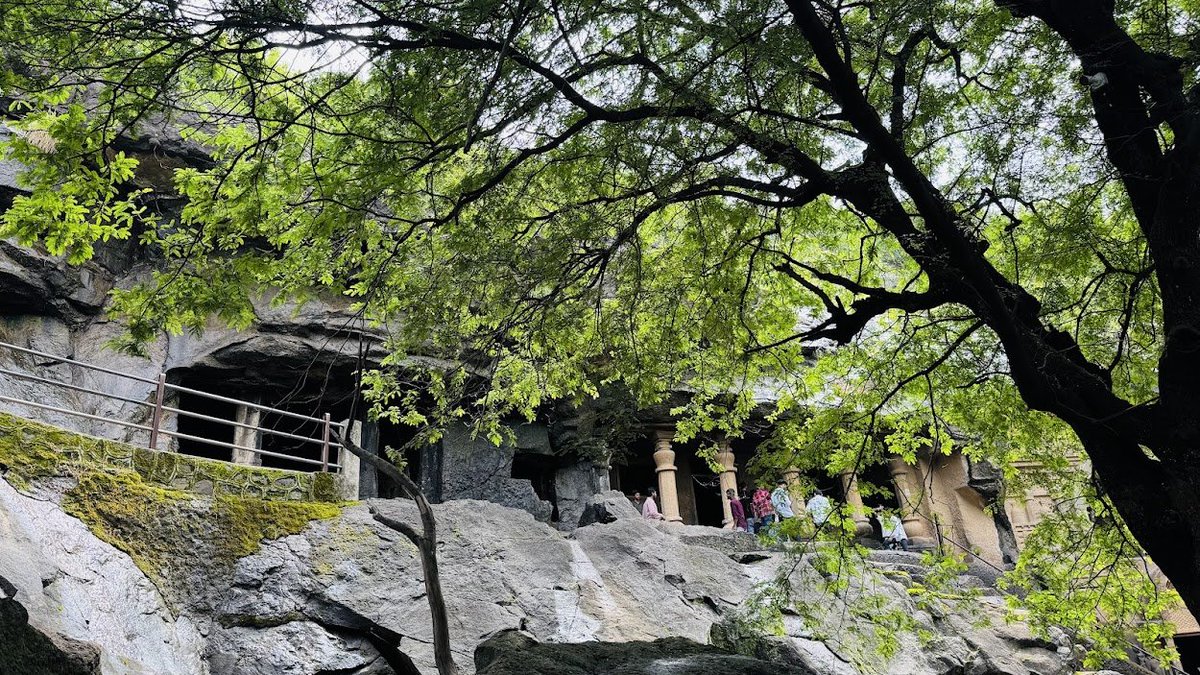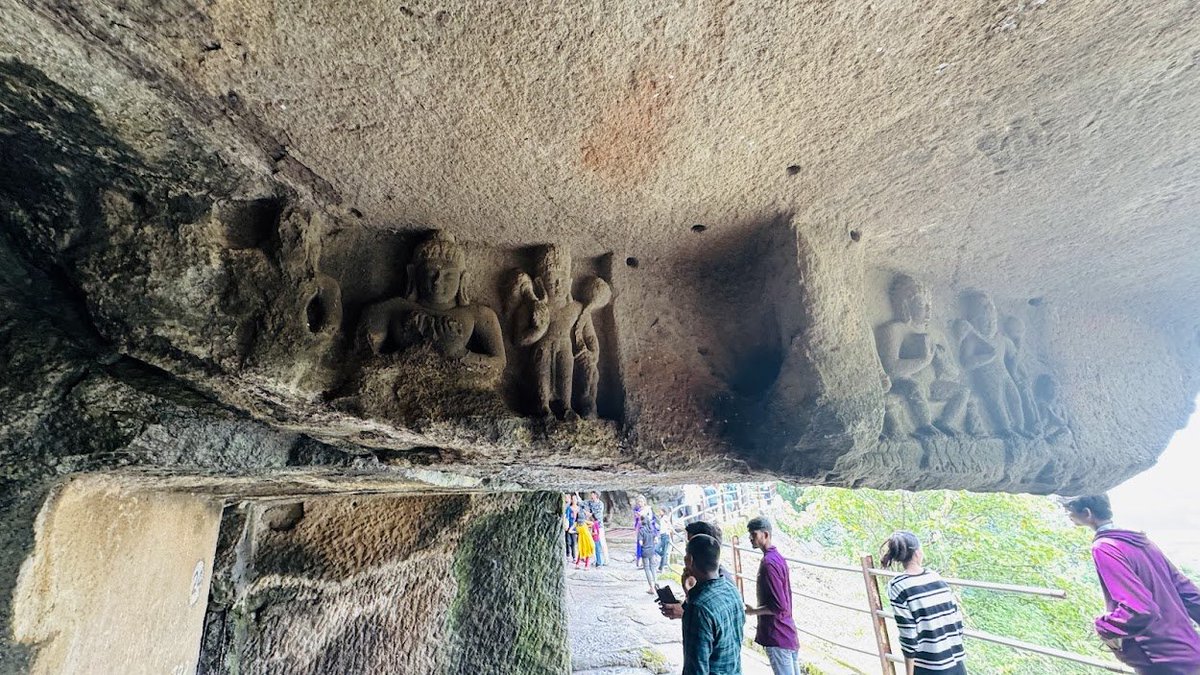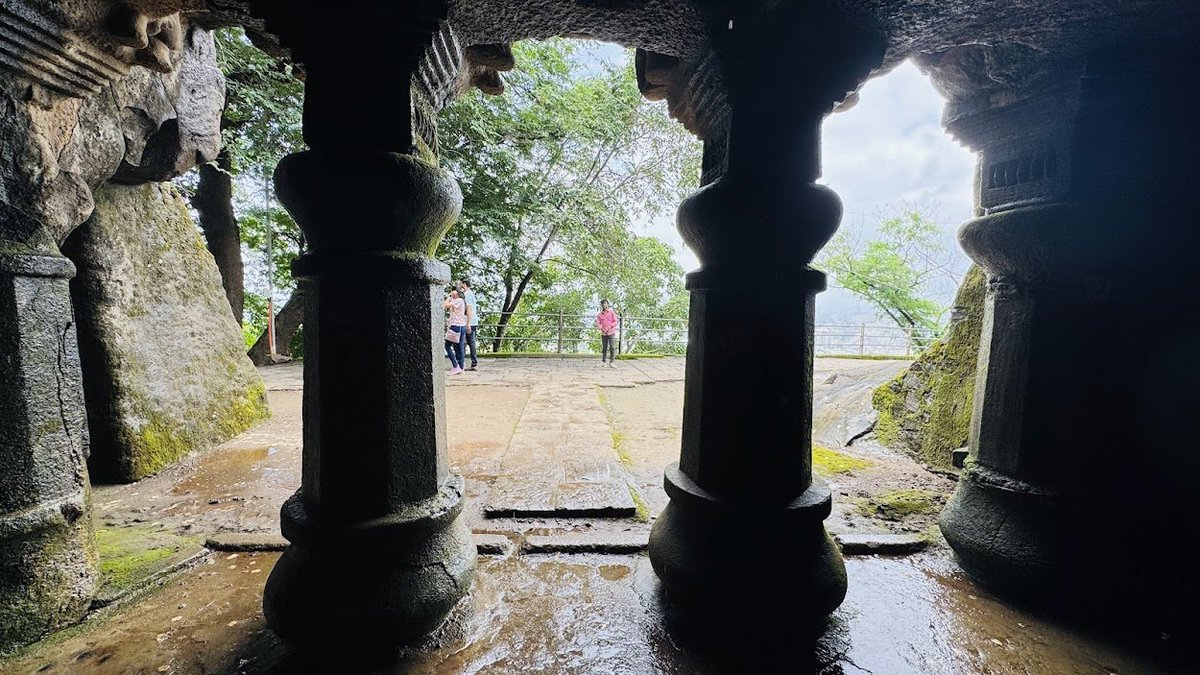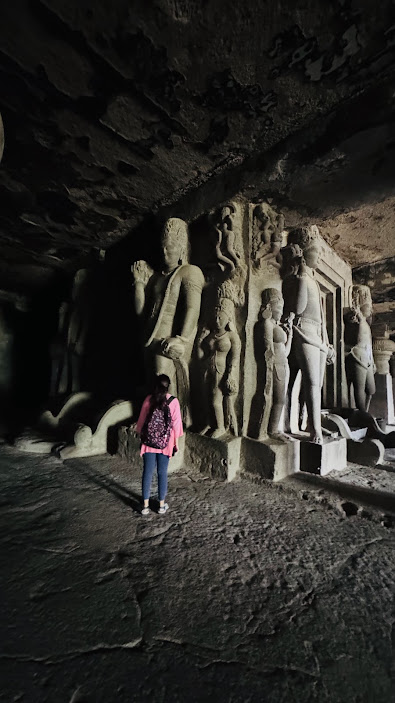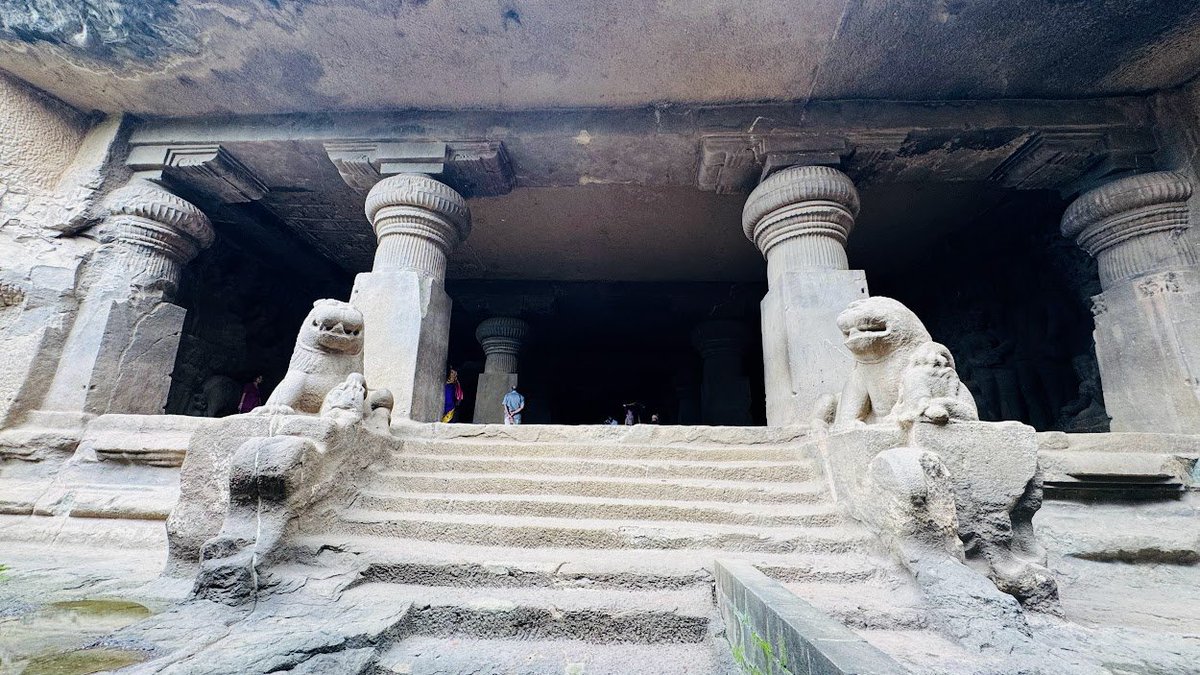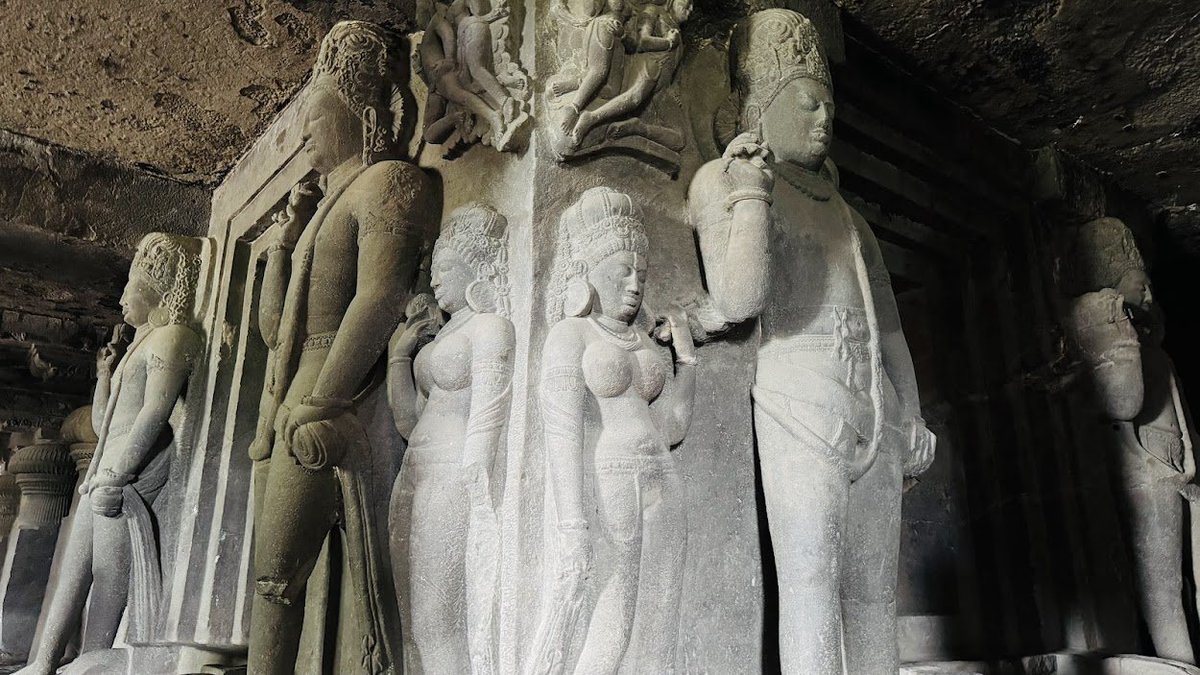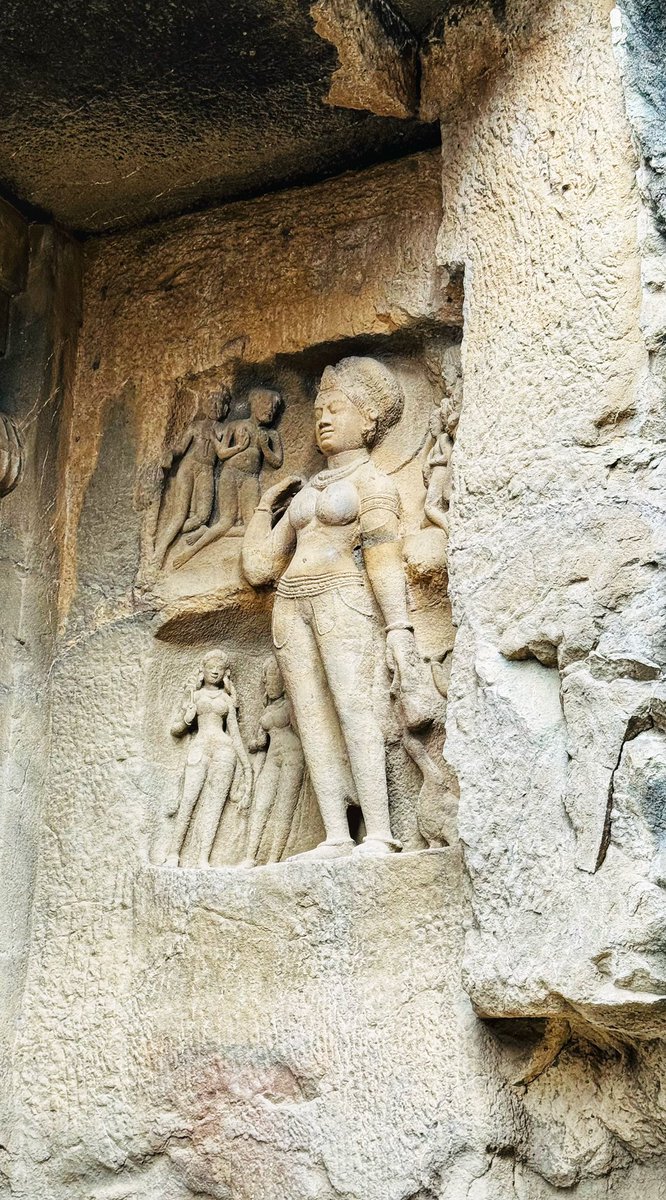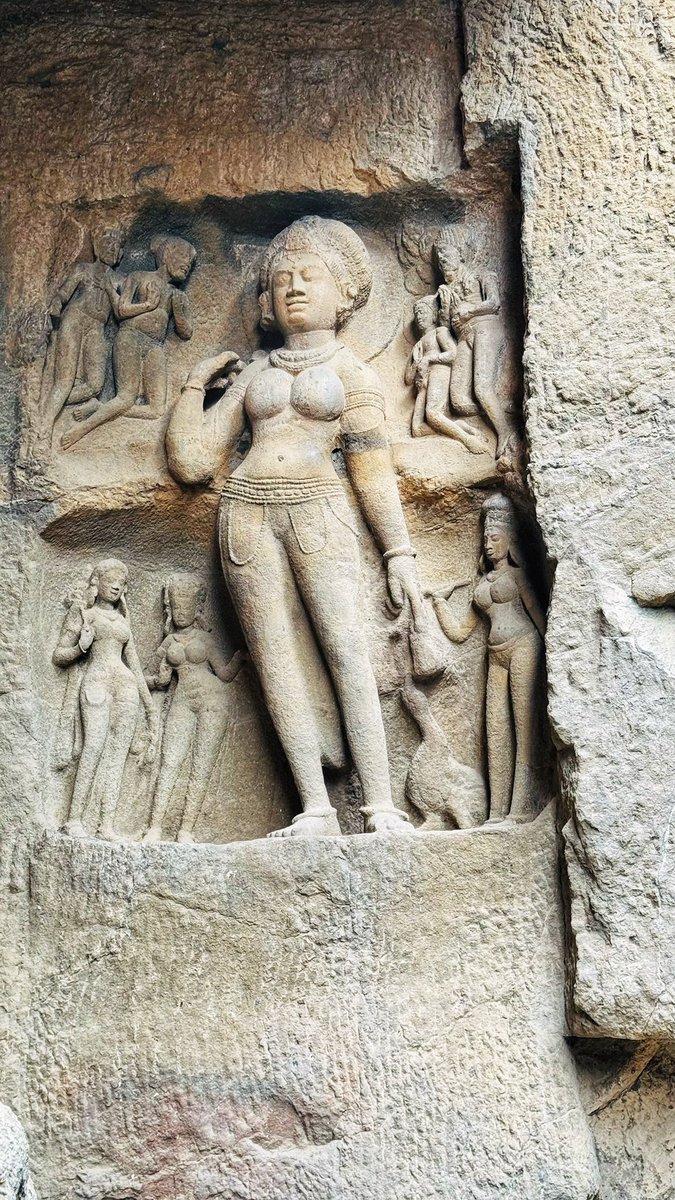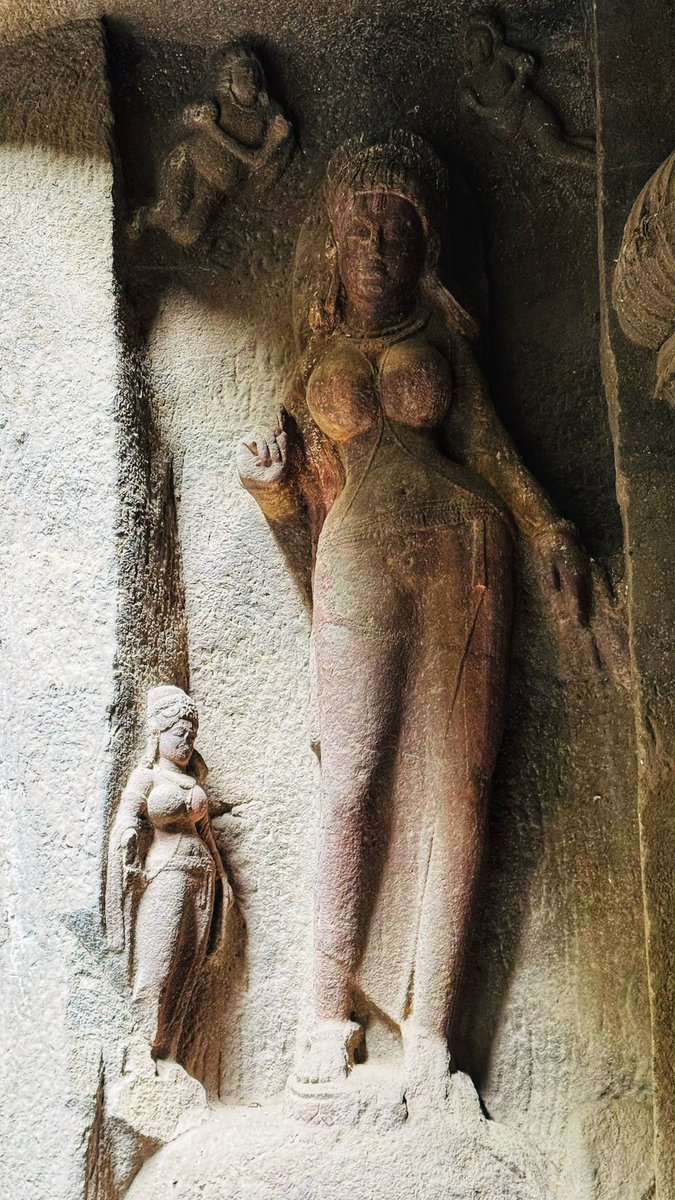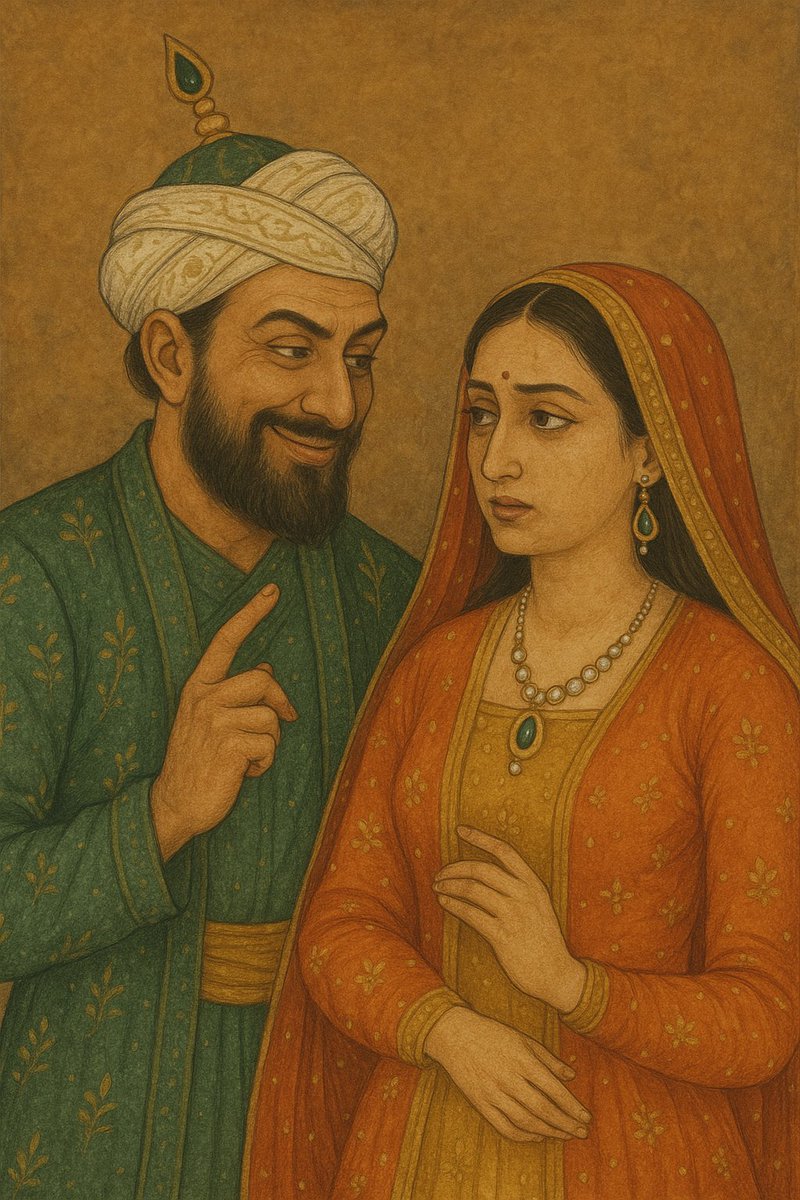#100templesofIndia
22. Modhera Sun Temple (Gujarat).
#ModheraSunTemple
The temple consists of 3 main sections
1. Surya Kunda
2. Sabha Mandap – Meeting hall or Dance hall
3. Garbh Grah – Main Temple
22. Modhera Sun Temple (Gujarat).
#ModheraSunTemple
The temple consists of 3 main sections
1. Surya Kunda
2. Sabha Mandap – Meeting hall or Dance hall
3. Garbh Grah – Main Temple
1. Surya or Ram Kunda
The first part of the temple is a rectangular Stepwell-based Kunda (tank) which has 108 small and medium-sized temples on all 4 sides. In earlier times it was used to take a dip before entering the temple.
The first part of the temple is a rectangular Stepwell-based Kunda (tank) which has 108 small and medium-sized temples on all 4 sides. In earlier times it was used to take a dip before entering the temple.
One side of the Kunda gives direct entry to the temple. This tank is home to many turtles now. One of the main temples here is Sitladevi Mata temple (Goddess to cure smallpox ) 






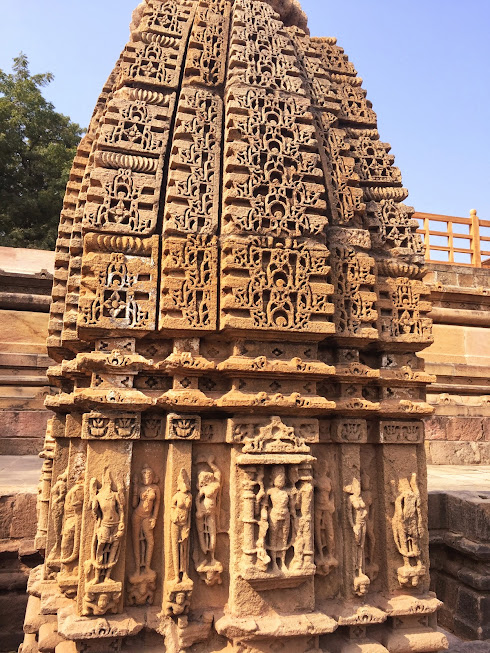
2. Sabha Mandap (Meeting Hall)
If you are entering from the Kund then two tall pillars (Torans) will welcome you. And you enter the Sabha Mandap or the meeting hall.
If you are entering from the Kund then two tall pillars (Torans) will welcome you. And you enter the Sabha Mandap or the meeting hall.
It is adorned with 52 pillars that have a carving of Ramayana, Mahabharat, Krishna Leela, Women adorning themselves in the mirror and erotic carvings. The ceiling has an intricate design and will remind you of Dilwara Temples. 





3. Garbhagriha – Main Temple
The main temple stands on a lotus-shaped structure. On top of Lotus petals is a panel which consists of 364 elephants and 1 lion which represents no. of days in a year. No two elephants are similar in design.


The main temple stands on a lotus-shaped structure. On top of Lotus petals is a panel which consists of 364 elephants and 1 lion which represents no. of days in a year. No two elephants are similar in design.

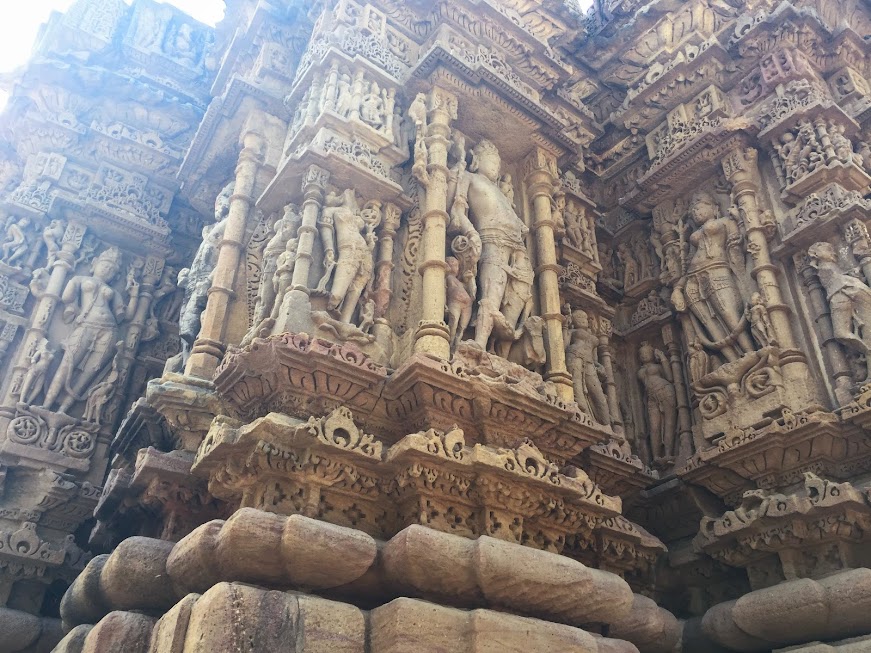

The next panel has a human life at various stages, the daily life of people back then, many dance forms, Kamasutra, musical instruments, student life, hunting, celebrations, women giving birth, and death. 



• • •
Missing some Tweet in this thread? You can try to
force a refresh











